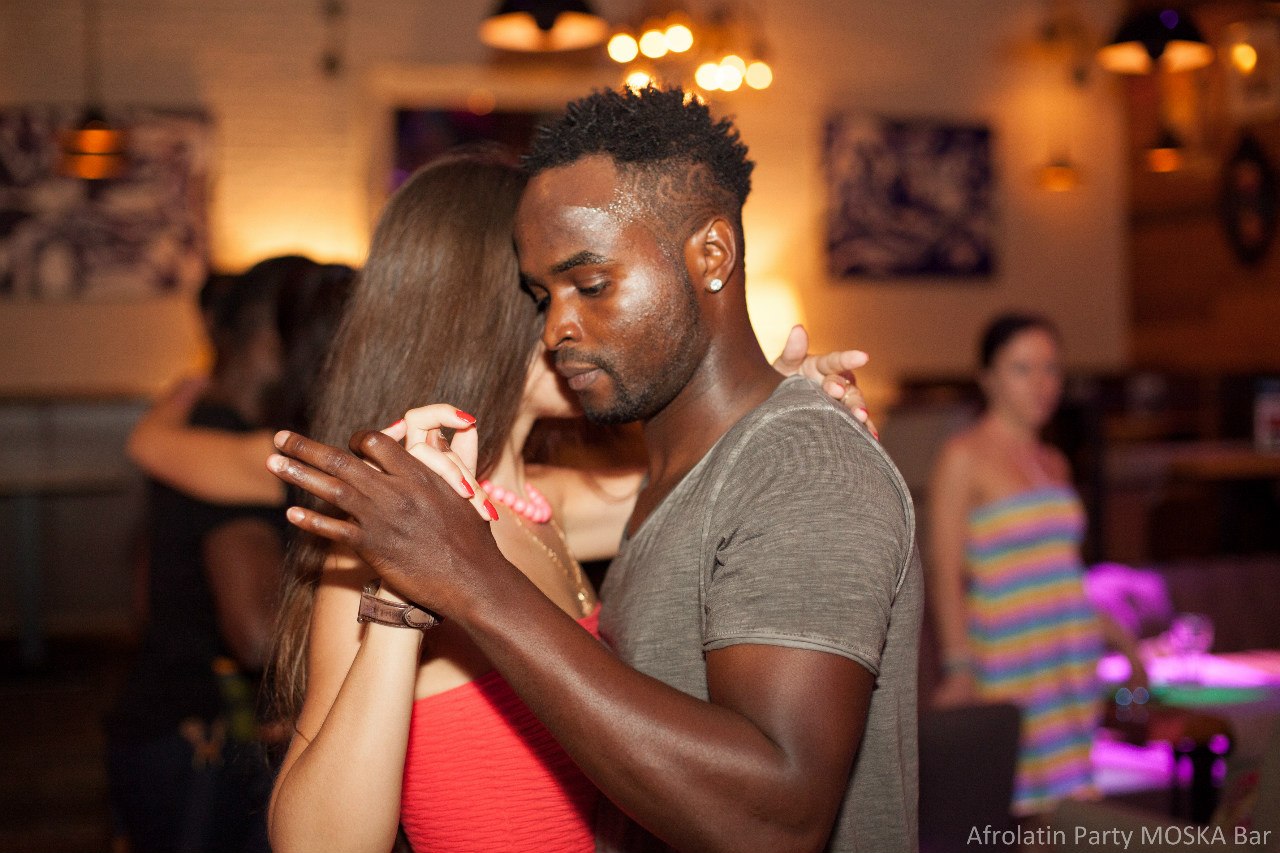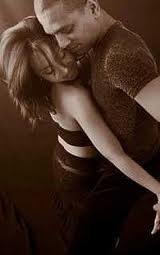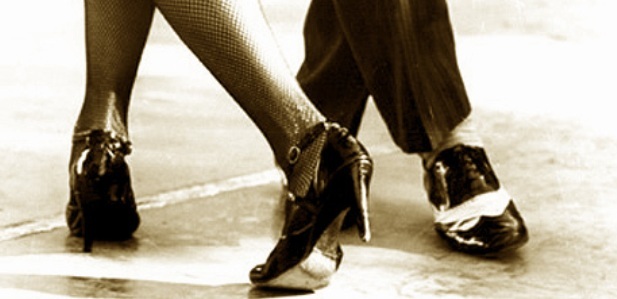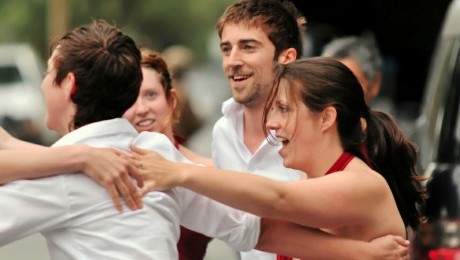|
Ñòèëè
ñîöèàëüíûõ òàíöåâ:
kizomba;
bachata;
tango;
salsa rueda
KIZOMBA
Kizomba is an African rhythm, developed in Angola mostly since the late
70s. Being born in a continent with a effervescent musical history,
kizomba is a result of an evolution: young generations, listening to
traditional music like semba, felt something was missing - a modern and
sensual touch. Adding an electronic percussion with a slow and extremely
sensual rhythm… kizomba was born.
During the passing years kizomba was developed and spread worldwide as a
music that catches your ear and a dance that catches your soul. Many
other related sounds and dancing patterns have been developing at the
same time, not only in Angola but also Cape Verde and Antilles among
others (tarrachinha, coladera, zouk…) Dancing kizomba is a unique
experience – standing really close together, partners move in sensual
wavy movement, where leading and being led finds a new dimension.
As a dance that gives you not only full pleasure but also the basic
steps to other related rhythms, kizomba is all about “connecting
people”…
 kizomba.unoforum.ru
kizomba.unoforum.ru 


BACHATA
Bachata
is a style of dance that originated in the Dominican Republic. It is
danced widely all over the world but not identically.
The basics to the dance are three-steps with a Cuban hip motion,
followed by a tap which can include a hip movement also on the 4th beat.
The knees should be slightly bent so the performer can sway the hips
easier. Generally, most of the dancer's movement is in the lower body up
to the hips, and the upper body can be moved more or less.
In partnering, the lead can decide whether to perform in open or closed
position. Dance moves, or step variety, during performance strongly
depends on the music (such as the rhythms played by the different
instruments), setting, mood, and interpretation. Unlike Salsa, Bachata
dance does not usually include complex turn patterns but they are used
more and more as the dance evolves. The leading is done just like in
most other social dances, with a “pushing and pulling” hand and arm
communication. Hand and arm communication is better conveyed when most
of the movement is performed by the lower body (from waist down); i.e.
hips and footwork.
The original dance style from the Dominican Republic in the Caribbean is
a basic dance sequence in a full 8 count moving within a square. Dancers
in the Western World much later began developing a more simple pattern
and added dance elements from other dances as well, the basic is also in
a full 8 count, but with a side-to-side motion. Both Styles consist of 3
steps normal and then a tap step. The tap is often accompanied by a
“pop” of the hips, and is sometimes substituted with syncopations (steps
in between the beats). Bachata music has an accent (the Bass) in rhythm
at every fourth count. Often, this is when dancers will tap-step & pop
their hips - this is called dancing bachata to the basic rhythm of the
music (because the first step after the pop falls on the 1st beat of the
measure). But bachata can be danced to different timings as well if it's
danced to one particular instrument instead. The tab or 'pop' is done in
the opposite direction of the last step, while the next step is taken on
the same direction as the tap or pop. The dance direction changes after
the tap or fourth step.
 bachata.unoforum.ru
bachata.unoforum.ru



TANGO
Tango
dancing is a great hobby. It is not surprising to see so many people,
especially couple to get drawn to it. The dramatic style and quick
movements’ in Tango dance make the dancers glide smoothly and
gracefully. If you are looking for detailed info on dance Tango, then
this is the best online resource for you. Now you too can enjoy dancing
Tango, whether ad a hobby or to be an expert at it.
As you will see, Tango dancing involves the expression of feelings.
Although many people think it to be very difficult to learn and master,
the basics of Tango dance are really simple. Here, you will get basic
information about the dance Tango, so as to put you on your right foot.
Take tango dancing lessons and discover this beautiful form of dance.
Explore the place and start Tango dancing right away!
 tango.unoforum.ru
tango.unoforum.ru



SALSA RUEDA DE CASINO
Rueda de Casino is the correct name in Spanish. "Casino Rueda" or "Salsa
Rueda" are English versions of the correct name, due to the fact that
the grammatical structure of English is a bit backwards from Spanish!
Rueda de Casino started in Cuba in the mid 20th century and it is the
roots of what you can see danced in Miami, and around the world today.
In Cuba, the people used to get together in large halls, called
“Casinos”, hence the name. Some say it started in Santiago de Cuba,
others say it started in the famed Casino Deportivo in Havana, or the
Casino de la Playa, I don’t know for sure, I wasn’t there! When the
casinos were closed, people still referred to the dance style by using
the name of the places where people used to gather to do it: "casino"
and the name stuck. Nowadays people refer to the music as "salsa" and
the dance as "casino".
Casino itself has its roots in the “Danzón,” as well as its derivative,
the “Son,” Afro-Cuban dances such as “Guaguancó,” the “Mambo”, a rhythm
invented by Cachao in the world-famous Tropicana Club in Havana, in
1943, and popularized by Pérez Prado in Mexico, and "Cha-cha-chá"
invented by Enrique Jorrín.
Rueda (as it is commonly called in Cuba) is a form of Casino danced in a
round with 2 or more couples exchanging partners when one person calls
out the turn names ("Rueda" is Spanish for “Wheel”, and “Casino” is
known outside of Cuba as “Salsa”).
 salsa.unoforum.ru
salsa.unoforum.ru



|